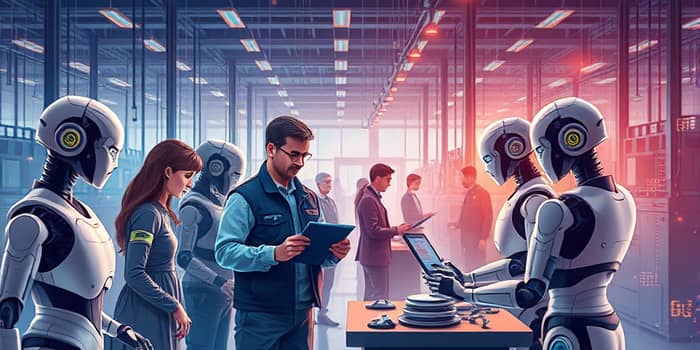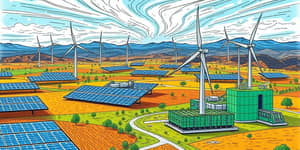
In an era where machines learn and adapt, the global workforce stands at a crossroads. Automation powered by artificial intelligence is not just a technological leap—it’s a societal transformation that challenges us to rethink work, purpose, and progress.
Across industries, the pace of AI adoption has surged. Today, 90% of US companies integrate AI tools into their operations, and nearly a third have replaced human roles with intelligent systems. As we witness this shift, it’s crucial to balance the scales between displacement and opportunity. According to recent data, AI could displace 85 million jobs by 2025 while generating 78 million new positions by 2030.
Already, over a third of all business tasks are performed by machines. Entry-level roles are particularly vulnerable, with half of all white-collar positions at risk of automation within five years. Yet, as repetitive tasks fade, novel roles demand more creative and strategic thinking—ushering in an age of human-machine collaboration.
The ripple effects of automation extend through supply chains, financial markets, and everyday services. While AI promises a global GDP boost of $15.7 trillion by 2030, the transition may be uneven. Sectors like energy, utilities, and mining face nearly half of their roles in jeopardy, while retail operations risk automation of up to 65% of tasks by 2025.
To visualize the landscape, consider this breakdown:
Manufacturing has already shed 1.7 million jobs since 2000 due to automation. As machines excel at repetitive tasks, human roles evolve, demanding empathy, critical thinking, and complex problem-solving.
Automation doesn’t just alter jobs—it reshapes aspirations. Nearly half of Gen Z job seekers feel the value of their college education has diminished, as employers emphasize practical AI and technical skills over traditional degrees. Entry-level salaries stagnate as candidates compete for fewer roles, and organizations worldwide plan further workforce reductions.
By 2028, an estimated 20 million U.S. workers will require retraining for AI-related careers. Educational institutions and employers must collaborate to design curricula that blend digital literacy, critical analysis, and emotional intelligence—skills that resist automation’s grasp.
Despite concerns, AI fosters new industries and revitalizes existing ones. The global human augmentation market, encompassing AI-driven prosthetics, exoskeletons, and wearable intelligence, is valued at nearly $500 billion in 2025. Beyond efficiency, automation generates entirely new tasks that celebrate human creativity and oversight.
To truly flourish, organizations and individuals must harness the transformative power of AI while preserving human dignity and agency. Collaborative robots, or cobots, exemplify this synergy—working alongside humans in manufacturing, healthcare, and logistics to boost productivity and safety.
The path ahead demands collective action. Governments must craft policies that incentivize lifelong learning and support displaced workers. Corporations should adopt transparent AI strategies that prioritize employee transition programs and community engagement.
Individuals, too, have a role: cultivating adaptability, nurturing curiosity, and embracing digital tools as allies, not adversaries. By viewing automation as a catalyst for growth rather than a threat, we can build an economy that uplifts every participant.
As we stand at the frontier of technological possibility, let us embrace change with confidence and curiosity. Together, we can shape a future where technology augments our potential, enriches our communities, and drives sustainable prosperity for all.
References













